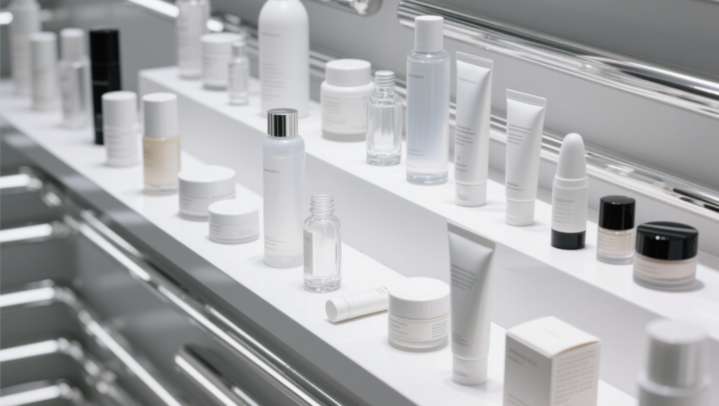2025-04-20
Navigating skincare ingredient lists can feel like deciphering a foreign language, but mastering this skill is crucial for making informed choices. This guide breaks down the essentials of reading labels, empowering you to identify effective ingredients, avoid potential irritants, and tailor products to your skin type.
Details
1. Start with INCI Names & Ingredient Order
Skincare uses INCI names (International Nomenclature of Cosmetic Ingredients) for consistency. Ingredients are listed by concentration, from highest to lowest. Focus on the first 5–10 ingredients—these are the most impactful. After "≤1%", order doesn't matter (often fragrances/preservatives).
2. Know Key Ingredients for Your Goals
-
Hydration: Look for hyaluronic acid, glycerin, or ceramides (strengthens skin barrier).
-
Anti-Aging: Retinol (boosts collagen), vitamin C (brightens, protects).
-
Acne/Clogged Pores: Salicylic acid (exfoliates pores), benzoyl peroxide (kills bacteria).
-
Sensitive Skin: Opt for niacinamide (calms redness) or centella asiatica (soothes irritation).
3. Watch Out for Potential Irritants
-
Fragrances ("Fragrance/Parfum"): Common allergens—avoid if sensitive.
-
Harsh Preservatives: Parabens (e.g., methylparaben) are mostly safe but try gentler options like phenoxyethanol if reactive.
-
Alcohol (ethanol/denatured alcohol): Dries skin—skip for dry/rosacea-prone types.
4. Match Ingredients to Your Skin Type
-
Dry Skin: Prioritize hyaluronic acid, squalane, and creamy textures.
-
Oily Skin: Choose niacinamide, salicylic acid, or oil-free formulas.
-
Combination Skin: Balance hydrators (e.g., glycerin) with mattifying ingredients (e.g., clay).
5. Avoid Label Traps
-
Vague Claims: "Natural" doesn’t equal safe—check actual ingredients.
-
Hidden Allergens: "Fragrance" or "Essential Oils" may mask irritants; prefer products listing specific components.
-
Transparency: Skip brands using "Proprietary Blend"—full ingredient lists are a must.
6. Build a Simple Routine
Start with gentle cleansers/moisturizers, then add targeted actives (e.g., retinol for anti-aging). Always patch-test new products and layer gently. Example: Dry skin? Use a hyaluronic acid serum under a ceramide moisturizer.
Final Tips
-
Use apps like Think Dirty to scan labels quickly.
-
Prioritize certifications like ECOCERT for cleaner formulas.
-
When in doubt, ask a dermatologist!
By focusing on top ingredients, avoiding known irritants, and matching products to your skin’s needs, you’ll create a routine that works. Happy label-reading!

